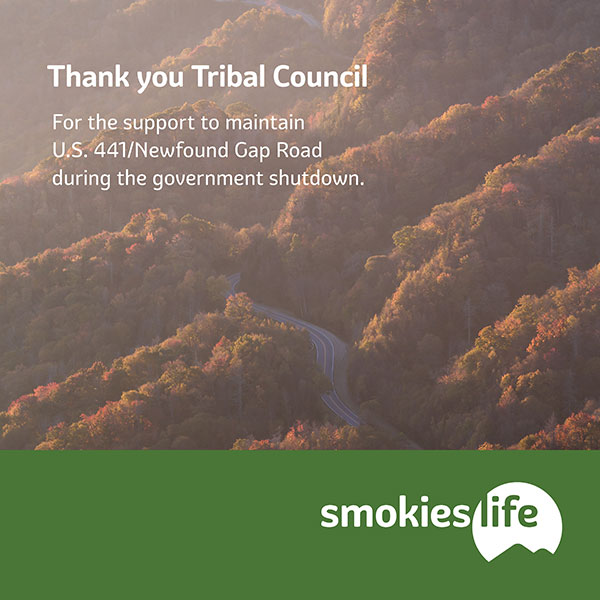CULLOWHEE – It’s September in the hills when Western Carolina University’s fall foliage forecaster Beverly Collins attempts to quantify the quality of the annual color show in Western North Carolina through a scientific-based prediction. And, Collins is anticipating a good display across the mountains this year.
Each fall, the region’s autumnal colors emerge as chlorophyll in leaves breaks down, revealing pigments that were hidden by the green.
“I think it will be a colorful fall this year,” said Collins, a professor in WCU’s Department of Biology. “If we have a typical fall with bright, sunny days and cool nights in mid- to late-September and a cold snap in early October, chlorophyll will fade and the other pigments will be exposed, giving us the bright colors. The warm, wet spring and most of the summer has been ideal for photosynthesis. Under those conditions, plants make abundant chlorophyll and associated leaf pigments, such as yellows, oranges and reds, to produce sugars.”
The peak color around western North Carolina could arrive around the second and third week in October, depending on elevation, she said.

LEAVES: It’s September in the hills when Western Carolina University’s fall foliage forecaster Beverly Collins attempts to quantify the quality of the annual color show in Western North Carolina through a scientific-based prediction. (WCU photo)
The much-anticipated fall color season is important for a region that benefits from travel and tourism, said Steve Morse, economist and director of the Hospitality and Tourism Program in WCU’s College of Business. “We consider the fall foliage tourist season to be primarily an October event ― and October is the highest month for tourist spending in WNC,” Morse said. “Many mountain locations are hosting major fall festivals and events, including all-star celebrity concerts at Harrah’s Cherokee Casino and Resort.
“We predict a 3 to 4 percent growth in 2017 October tourist spending over 2016 October tourist spending,” he said. “While we know the Aug. 21 solar eclipse brought many first-time visitors to WNC, many of these visitors may be second-time visitors for the fall foliage season.”
Morse said a factor that could affect October visitation in a good way is stable gas prices and supplies in the Southeast, especially in major tourism feeder markets including Charlotte, Atlanta, Birmingham and Knoxville.
As WCU’s leaf color prognosticator, Collins follows in the steps of Dan Pittillo, retired professor of biology, and Kathy Mathews, current associate professor of biology. Collins, who earned master’s and doctoral degrees in botany at Rutgers University, has researched and written extensively about forest and plant ecology. “From a scientific perspective, as a botanist and ecologist, I understand how many factors contribute to plant responses such as leaf color change and how variable and unpredictable factors such as weather are,” she said.
And, several variables may still come into play. A few conditions could make the fall less colorful, Collins said.
- An active hurricane season that affects western North Carolina – A windstorm could knock leaves off trees and thin the fall canopy. The remnants of Hurricane Irma that moved through the mountains Sept. 11-12 blew off some foliage in spots, especially at higher elevations, but did not have a widespread negative impact, Collins said.
- Herbivores – A good year for photosynthesis means a good year for insects that feed on leaves. For example, folks have been noticing the recent fall webworm outbreak, especially on black walnut, cherry and black locust trees. Herbivores can eat holes in leaves, cause them to turn brown and fall, or even defoliate an entire tree. However, western North Carolina’s diversity of tree species means herbivore effects are usually spotty over the landscape.
- Above-normal temperatures through fall – Although the decreasing daylight hours in fall are the primary cue for plants to make less chlorophyll, continued warm temperatures can slow down color change.
– WCU





